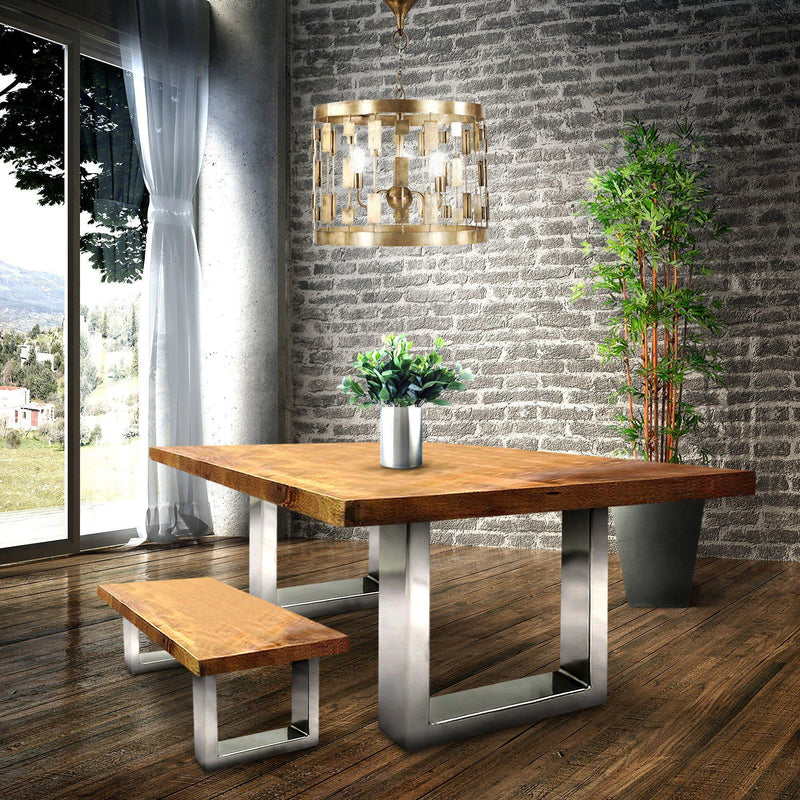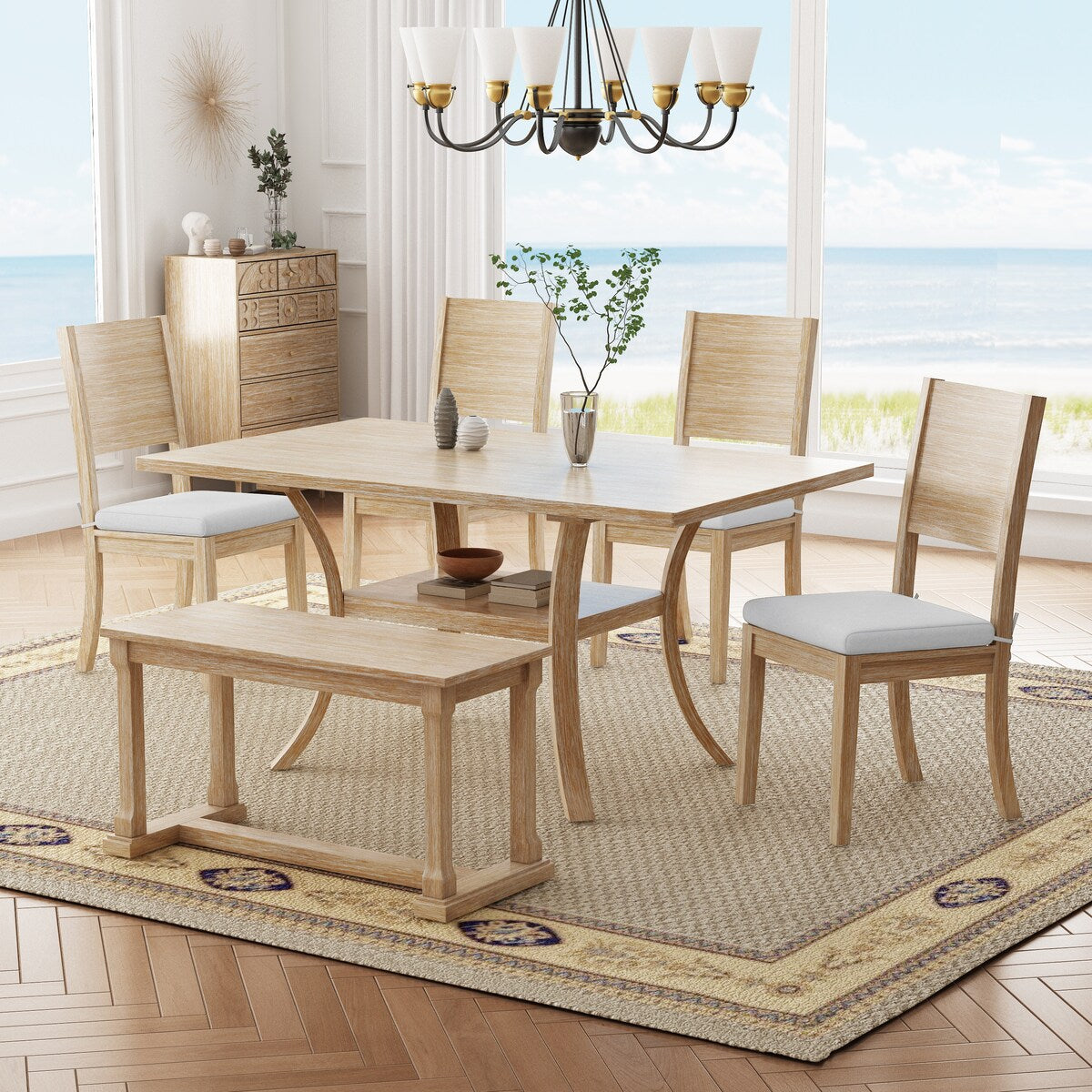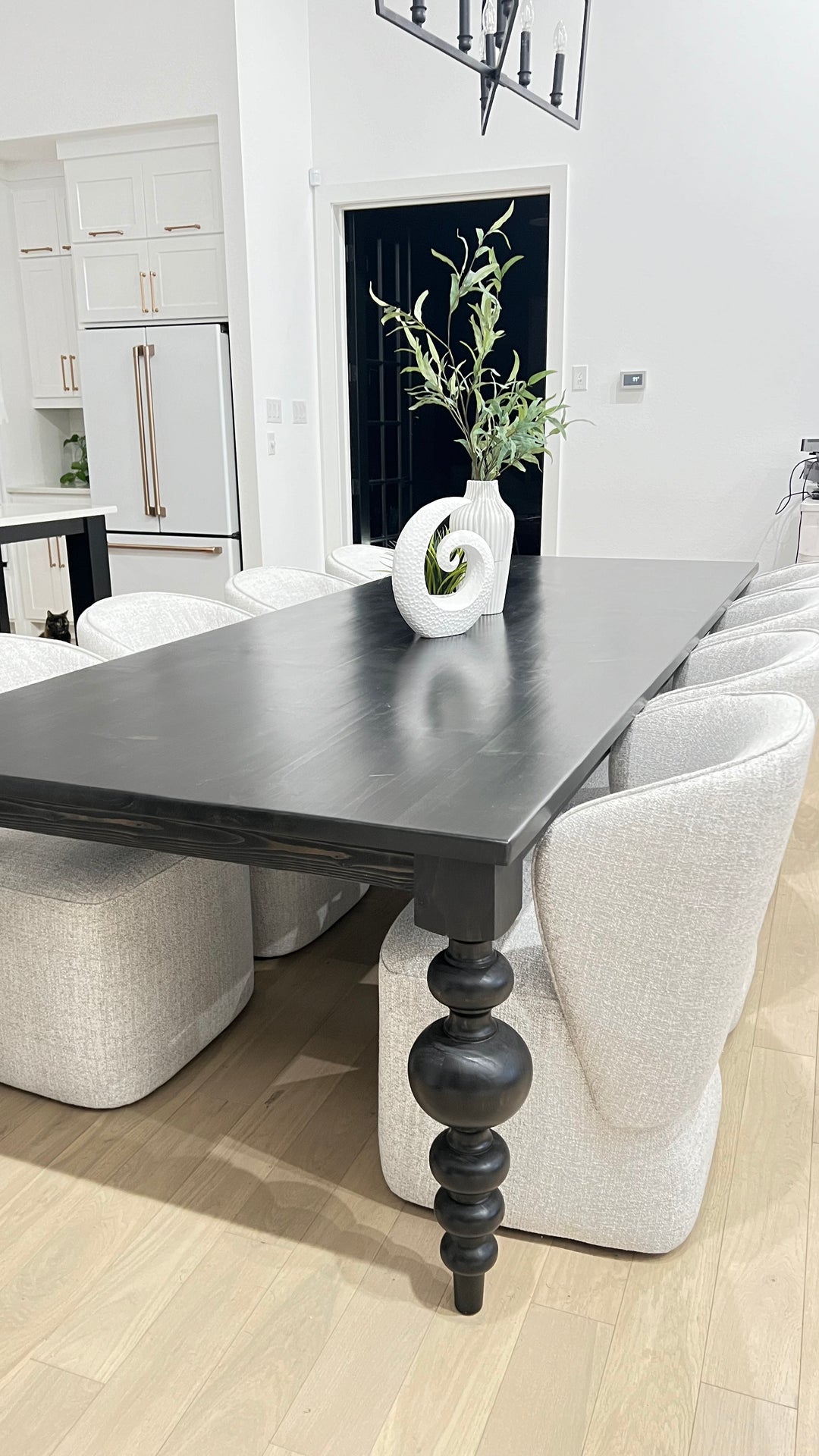Exactly How to Choose the Perfect Eating Area Table Legs for Your Home Décor
Choosing the excellent dining area table legs is a nuanced process that calls for mindful consideration of different aspects, including your room restrictions, visual preferences, and functional requirements. The interplay between designs, materials, and measurements can significantly affect the ambiance of your dining location, making it important to approach this decision methodically. As you contemplate the myriad choices readily available, it becomes clear that the best selection extends beyond simple appearance; it can improve your general dining experience. What aspects should you focus on to guarantee your option complements your home's unique character?
Assess Your Eating Area
Examining your eating space is crucial for picking the right table legs that enhance both visual appeals and functionality. Begin by gauging the measurements of your eating area, including ceiling height, flooring area, and closeness to various other furniture. This details will certainly assist determine the ideal size and height of your dining table, which straight affects the option of table legs.
Following, think about the design and layout of your dining space. An open-concept design may profit from table legs that offer aesthetic agility, such as slender steel or acrylic options. Conversely, an extra traditional setup could require tough wooden legs that give a feeling of durability.
Review the existing color combination and materials in your eating area. Integrating the table legs with these elements produces a natural appearance that enhances the total design.
Eventually, a detailed assessment of your dining area will certainly lead you in making a notified decision, making certain that your table legs not only enhance the visual charm however likewise offer practical objectives.
Consider Your Style Preferences
When picking eating area table legs, it is vital to review your personal design preferences, as they dramatically influence the general visual of your eating area. Your selection of table legs can either complement or comparison with existing décor, making it essential to straighten them with your preferred interior decoration style.
If your home leans towards a modern aesthetic, take into consideration streamlined steel or minimal wood legs that supply a tidy, clean look. For a much more typical approach, luxuriant wood legs with complex makings can add a touch of beauty and sophistication. Industrial styles take advantage of durable, raw materials such as recovered wood and steel mixes, mirroring a tough appeal.
Furthermore, farmhouse and rustic styles often prefer strong, chunky legs that evoke a feeling of heat and convenience. On the other hand, if your decoration is eclectic, you could select unique shapes or a mix of materials to develop visual rate of interest.

Evaluate Product Options
The option of product for dining space table legs plays an essential role in both sturdiness and visual charm. Typical materials include timber, steel, and composite choices, each offering unique qualities that can influence the total appearance and durability of your table.
Wood is a classic choice, recognized for its heat and adaptability. Hardwoods like oak and walnut provide exceptional toughness and can be ended up in different stains to match any decoration. Softwoods like ache are a lot more susceptible to scratches and damages, making them less ideal for high-traffic locations.
Steel legs, typically crafted from steel or aluminum, show modernity and industrial charm. They are resistant and very resilient to put on, making them appropriate for families with youngsters or constant events (dining room table legs). In addition, metal can be ended up in different shades, improving the modification possibilities
Composite materials, such as MDF or laminate, deal price and diverse styles. While typically less long lasting than strong timber or steel, they can still provide an elegant look and are typically very easy to preserve.
Inevitably, the material you pick ought to align with your way of living, aesthetic preferences, and the degree of use your dining table will certainly experience.
Determine Elevation and Size
Choosing the appropriate height and dimension for your dining-room table is necessary for both functionality and comfort. The conventional elevation for eating tables usually varies from 28 to 30 inches, permitting sufficient legroom for a lot of individuals when seated. Nonetheless, it is vital to take into consideration the measurements of your dining space and the sorts of chairs you intend to use.

Furthermore, consider the proportions of your dining-room. A bigger table in a roomy location can develop a grand ambiance, while a smaller table functions well in even more intimate setups. Eventually, the appropriate height and size will certainly integrate with your overall design and enhance the dining experience for you and your guests.
Explore Customization Possibilities

Furthermore, the layout of the legs can be customized to fit different designs, such as rustic, modern, or commercial. For example, conical legs can evoke a mid-century contemporary feeling, while beefy, block-style legs may reverberate with typical or farmhouse design.
Home owners can also check out shade coatings, from natural timber stains to paint, allowing them to match or comparison with the table top and surrounding design.
Additionally, leg elevation can be adapted to accommodate specific seating setups or individual preferences, improving both convenience article and capability.
Last but not least, unique embellishments, such as carvings or decorative brackets, can better personalize the table legs, making the dining experience not just click for info a meal but a statement item in the home. By thinking about these modification choices, home owners can develop a dining-room table that really shows their originality.
Verdict
Choosing the excellent dining-room table legs requires careful consideration of various factors, consisting of the measurements of the dining area, style preferences, material durability, and desired elevation. Modification alternatives even more enhance the ability to achieve a natural visual that matches the general decor. By systematically evaluating these components, home owners can guarantee that the chosen table legs not just meet practical requirements but additionally add positively to the dining experience and setting of the home.
Choosing the optimal eating space table legs is a nuanced procedure that requires mindful consideration of different aspects, including your room restraints, aesthetic preferences, and functional needs.Assessing your eating space is crucial for picking the right table legs that match both appearances and functionality.When establishing dimension, determine the area where the table will certainly be placed to ensure it fits comfortably, permitting for at least 36 inches of clearance around the table for easy activity. A larger table in a roomy area can create a grand ambiance, while a smaller table functions well in more intimate settings.Picking the optimal eating room table legs needs careful factor to consider of various aspects, including the dimensions of the eating area, design preferences, material toughness, and desired elevation.